Where Attention Spans Go to Die and Marketing Budgets Go to Multiply
Welcome to China's streaming ecosystem in 2025, where 960 million people spend more time watching digital content than sleeping, eating, or maintaining meaningful human relationships. What started as entertainment has evolved into a complex digital battlefield where global brands fight for attention spans shorter than the average TikTok dance routine.
In a country where 97% of internet users stream video content and the other 3% are probably just temporarily unconscious, these platforms aren't just media channels—they're the digital oxygen Chinese consumers breathe. If your brand isn't here, does it even exist? (Philosophical question, but the marketing answer is a definite "no.")
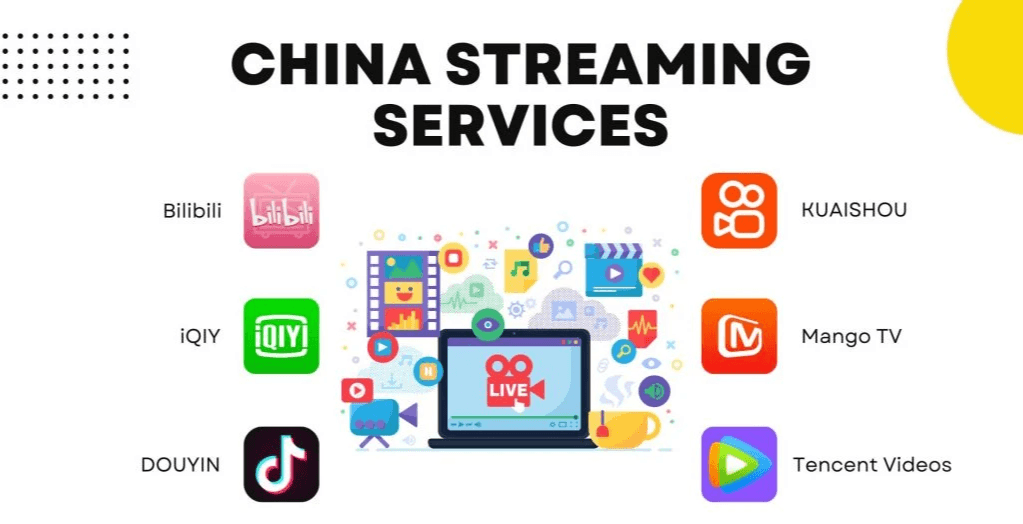
The Numbers That Will Make Your CMO Hyperventilate
Before we dive into the specific platforms where your carefully crafted brand message will be sandwiched between makeup tutorials and people eating improbably large meals, let's examine some statistics that explain why global brands are willing to navigate this complex ecosystem:
- Total Internet Users: 960 million (approximately three times the population of the United States, all with smartphones glued to their hands)
- Video Streaming Penetration: 97% (higher than electricity adoption in some countries)
- Average Daily Viewing Time: 3.2 hours (longer than most people spend talking to their families)
- Mobile Video Consumption: 85% (because apparently TVs are now vintage collectibles)
- Estimated Marketing Reach: 720 million active viewers (more people than the entire population of Europe)
The Seven Digital Kingdoms Where Content Is King and Marketing Is the Royal Treasury
1. Youku (优酷): Where Your Marketing Budget Goes to Look Important
Alibaba's Digital Empire:
Youku is what happens when an e-commerce giant decides to get into the entertainment business—imagine Amazon Prime Video, but with shopping integration so seamless you might accidentally buy a refrigerator while watching a romantic comedy.
The Cold, Hard Numbers:
- Monthly Active Users: 580 million (roughly the population of North America, all streaming on one platform)
- Content Diversity: Movies, TV shows, variety programs (basically everything except your personal home videos, though they're probably working on that)
- Target Demographic: 18-45, urban professionals (people with enough disposable income to act on impulse purchases triggered by clever product placements)
Marketing Potential That Makes Agencies Salivate:
- Long-form branded content for when your marketing message can't be condensed into a mere 30 seconds
- Product placement so natural viewers don't realize they're being sold to until they're already entering payment information
- Influencer collaboration channels connecting brands with people famous for being famous
- Audience segmentation detailed enough to target left-handed cat owners who enjoy spicy food and have recently searched for running shoes
The Features Your Marketing Department Will Use to Justify Their Budget:
- AI recommendation algorithms that know viewers' preferences better than their significant others
- E-commerce integration letting viewers buy what they see without the inconvenience of opening another app
- Analytics detailed enough to know exactly when viewers lost interest in your branded documentary
- Cross-platform syndication ensuring your content follows users around the internet like a digital stalker
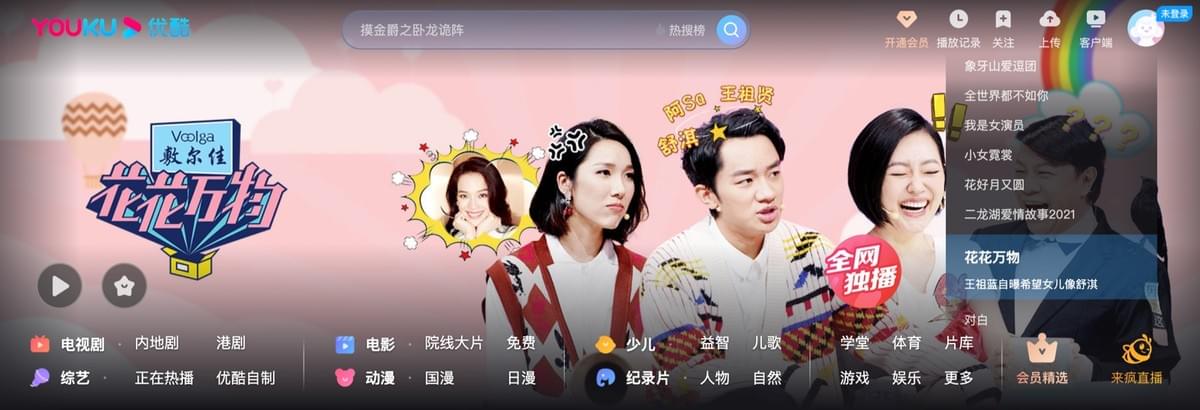
2. iQiyi (爱奇艺): Netflix With Chinese Characteristics (And Better Marketing Tools)
Baidu's Entertainment Machine:
iQiyi is what happens when a search engine company decides that helping people find content isn't enough—they need to create it, distribute it, and monetize every second of viewing time through increasingly innovative advertising formats.
The Impressive Stats:
- Monthly Active Users: 520 million (approximately 1.5 times the U.S. population)
- Content Specialty: Original series and variety shows (often involving celebrities doing embarrassing things for public entertainment)
- Target Demographic: 20-40, entertainment enthusiasts (people who discuss TV shows with more passion than international politics)
Marketing Opportunities That Make Traditional TV Advertising Look Primitive:
- Interactive branded content where viewers can tap, swipe, or voice-command their way into buying your products
- Celebrity endorsements integrated so naturally that viewers can't tell if the star actually loves your product or is just contractually obligated to pretend they do
- Immersive advertising formats that blur the line between entertainment and commerce until neither exists independently
- Viral marketing potential for brands brave enough to let Chinese internet users adapt and evolve their messaging
Cutting-Edge Tools That Justify Those Expensive Agency Retainers:
- Augmented reality experiences letting viewers virtually try products without the inconvenience of visiting stores
- Real-time engagement that captures viewer reactions with the intensity of a psychological study
- Viewer profiling detailed enough to be slightly concerning from a privacy perspective
- Social amplification turning passive viewers into unpaid brand ambassadors through sophisticated share mechanics
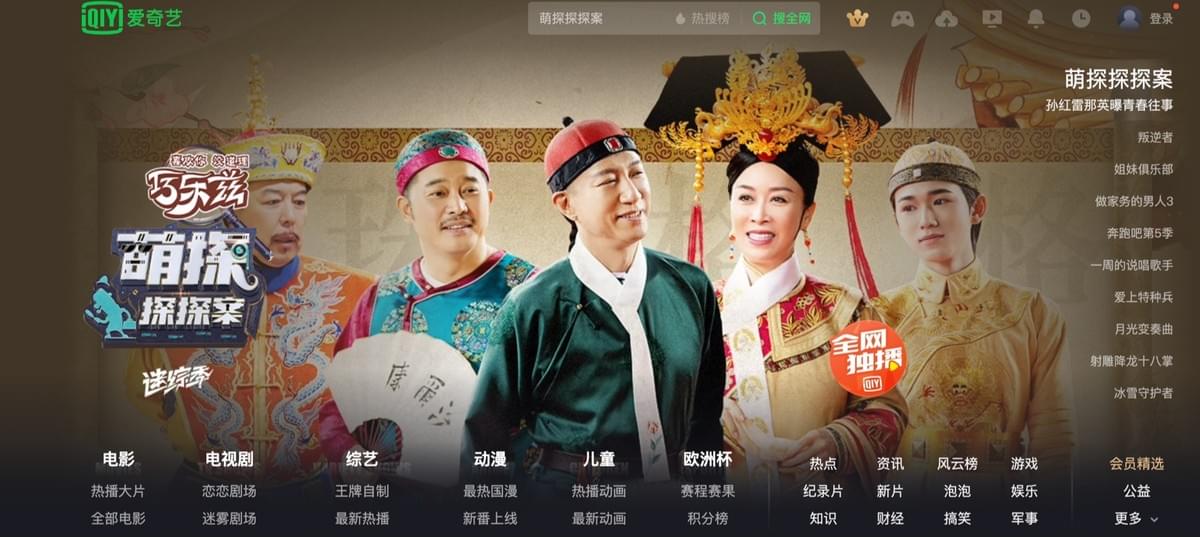
3. Tencent Video (腾讯视频): Where Your Content Gets Lost in the WeChat Ecosystem (But in a Good Way)
The WeChat Extension Pack:
Tencent Video isn't just a streaming service—it's another tentacle of the digital octopus that is the Tencent ecosystem, where content, communication, gaming, shopping, and probably your digital soul all exist in one super-app universe.
The Numbers Game:
- Monthly Active Users: 450 million (more than the population of the United States and Canada combined)
- Content Focus: Exclusive series and live events (often featuring celebrities you've never heard of but who are apparently very important)
- Target Demographic: 25-45, tech-savvy consumers (people who have WeChat Pay linked to their bank accounts and don't think twice about using it)
Marketing Potential That Makes Traditional Advertisers Question Their Career Choices:
- WeChat mini-program integration allowing viewers to jump from watching a cooking show to ordering ingredients without changing apps
- Live commerce that turns entertainment into shopping so seamlessly viewers don't realize they're attending a digital mall
- Targeting parameters so specific they border on digital mind reading
- Social sharing mechanisms that turn viewers' friends into an unpaid extension of your marketing team
The Social Commerce Magic:
- Purchase links that appear exactly when consumer desire peaks (like when a character uses a product that makes their life instantly better)
- Influencer infrastructure connecting brands with people whose followers trust them more than their own family doctors
- Community content discovery that makes products feel like peer recommendations rather than advertisements
- Targeting algorithms that know what users want to buy before users themselves have consciously formed the desire
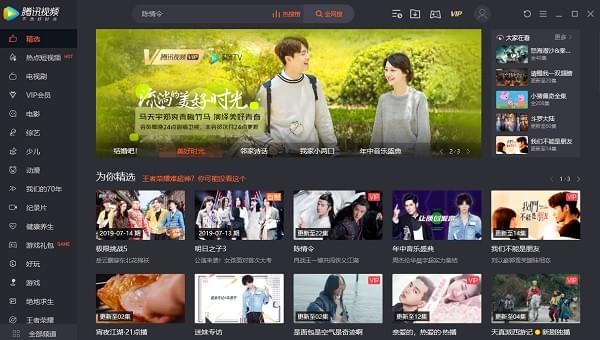
4. Douyin (抖音): Where Attention Spans Go to Die and Brands Go to Be Reborn
TikTok's More Commercially Advanced Sibling:
Douyin is what happens when you take the addictive quality of short videos and supercharge them with commerce capabilities so powerful that users can go from discovery to purchase faster than they can say "impulse buying."
The Staggering Reach:
- Monthly Active Users: 680 million (the largest population on our list, all consuming content in 15-second increments)
- Content Style: Ultra-short videos and trend cycles that make fashion seasons look glacially slow
- Target Demographic: 18-35, trend-obsessed consumers (people who fear being the last to know about something more than they fear actual dangers)
Marketing Potential That Seems Almost Too Good to Be True:
- Viral opportunities where the right 15-second clip can generate more brand awareness than a multi-million dollar traditional campaign
- Influencer collaborations with people who became famous by doing dance moves in their bedrooms
- Brand awareness that can skyrocket overnight (and potentially crash just as quickly)
- Trend-driven content that makes your brand feel culturally relevant (until the next trend arrives approximately 37 minutes later)
The Revolutionary Ecosystem Features:
- AI recommendations so accurate they border on precognition
- Purchase integration allowing users to buy products without the cognitive burden of considering if they actually need them
- Trend tracking that keeps brands perpetually scrambling to stay relevant
- Micro-content marketing that compresses your brand's three-year strategy into a 15-second video
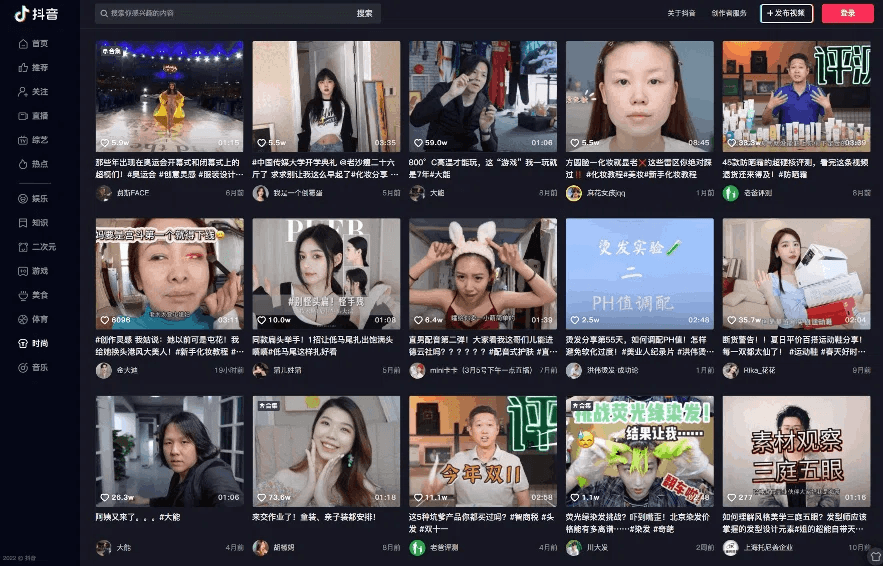
5. Bilibili (哔哩哔哩): Where Gen Z Goes to Worship Anime and Avoid Mainstream Advertising
The Subculture Sanctuary:
Bilibili is what happens when you create a platform for anime fans and gamers, then watch in surprise as it evolves into a cultural force so powerful that traditional brands must learn an entirely new language to communicate there.
The Youth Numbers:
- Monthly Active Users: 300 million (imagine the entire population of the United States, but younger and with stronger opinions about Japanese animation)
- Content Specialty: Anime, gaming, and subculture content that mainstream platforms wouldn't understand
- Target Demographic: 16-30, niche interest groups (people who have stronger emotional connections to fictional characters than to most humans)
Marketing Potential for Brands Brave Enough to Enter the Otaku Universe:
- Niche marketing opportunities reaching audiences with passion and disposable income
- Community engagement that requires authentic understanding rather than corporate posturing
- Interactive content that must entertain first and sell second (or third, or possibly not at all)
- Gaming and esports collaborations connecting brands with the digital athletes of tomorrow
The Community Features That Make Traditional Marketers Nervous:
- User-generated content that can elevate or eviscerate brands with equal enthusiasm
- Audience segmentation allowing targeting by anime preferences, gaming habits, and meme literacy
- Storytelling requirements that make traditional advertising scripts look like crayon drawings
- Collaborative creation where brands must relinquish control to gain authenticity
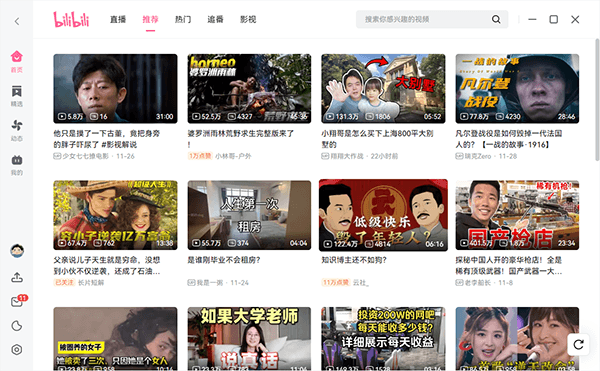
6. Xiaohongshu (小红书): Where Reality Goes to Get Filtered and Products Go to Get Sold
The Aspirational Lifestyle Engine:
Xiaohongshu is what happens when Instagram and Amazon have a baby raised by influencers in a house where everything is aesthetically perfect and purchasable with a single tap.
The Beauty Numbers:
- Monthly Active Users: 250 million (primarily women with immaculate skin and homes that never appear to have been lived in)
- Content Focus: Lifestyle, beauty, and fashion content curated to make viewers feel simultaneously inspired and inadequate
- Target Demographic: 20-35, aspirational consumers (people willing to spend half their salary on skincare products that promise to make them look like they've never experienced stress)
Marketing Potential That Makes Beauty Brands Weak at the Knees:
- Influencer marketing where product recommendations feel like advice from a trusted friend (who happens to be paid for that trust)
- User-generated content creating an army of unpaid brand ambassadors
- Product reviews that can make or break a launch in 24 hours
- Lifestyle positioning that connects products to identities rather than mere functions
The Social Commerce Sorcery:
- Direct purchasing turning product lust into sales with minimal friction
- Review systems more trusted than scientific studies or expert opinions
- Content marketing that disguises advertising as lifestyle documentation
- Community validation making ownership of certain products feel like membership in an exclusive club
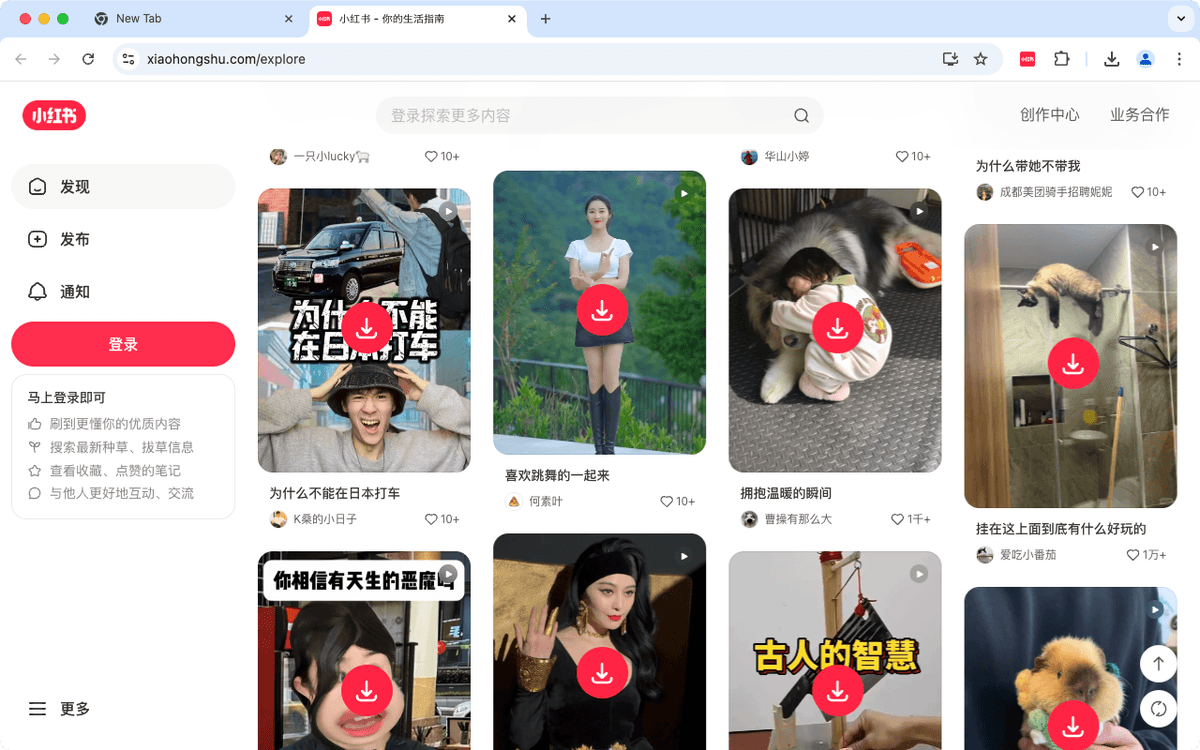
7. Kuaishou (快手): Where Real China Goes to Create Content Without Filters or Pretense
The Authenticity Engine:
Kuaishou is what happens when you create a platform that celebrates ordinary people rather than aspirational influencers—a digital space where content from rural areas and working-class creators gets as much attention as perfectly polished urban lifestyles.
The Grassroots Reach:
- Monthly Active Users: 350 million (many from demographics that other platforms often overlook)
- Content Style: Unfiltered, authentic, and occasionally bewildering to urban elites
- Target Demographic: 18-40, diverse socioeconomic backgrounds (including the massive population of consumers that luxury brands pretend don't exist)
Marketing Potential for Brands Willing to Embrace Authenticity:
- Brand storytelling that resonates with consumers tired of perfectionism
- Market penetration into lower-tier cities and rural areas where untapped spending power resides
- Community-driven campaigns that feel like genuine connections rather than marketing exercises
- Grassroots influencer partnerships with creators who have authentic relationships with their followers
The Authentic Marketing Features:
- Real-life content emphasis where perfect lighting and editing take a backseat to genuine experiences
- Localized strategies that acknowledge China isn't a monolithic market
- Community engagement that requires actual human interaction rather than automated responses
- Micro-influencer networks connecting brands with creators who might have smaller follower counts but higher trust levels
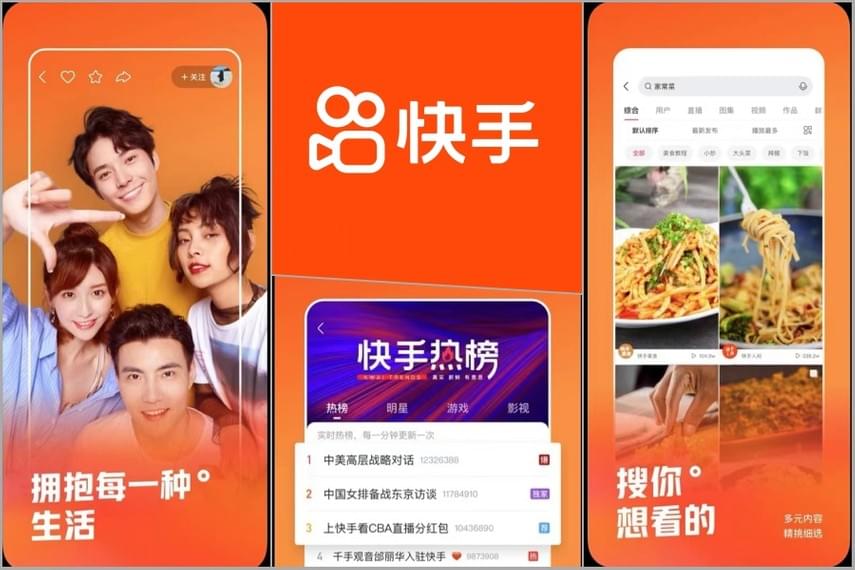
Strategic Considerations for Brands Brave Enough to Dive In
How Not to Embarrass Yourself (and Your Global Brand) in China's Streaming Ecosystem
Adaptation Strategies That Won't End in Digital Disaster:
- Create localized content that doesn't look like you ran your Western campaign through Google Translate
- Exercise cultural sensitivity that goes beyond changing brand colors to red and gold
- Develop platform-specific storytelling that acknowledges each ecosystem has its own language
- Maintain audience engagement without becoming the digital equivalent of that person who doesn't understand when a conversation is over
Data-Driven Optimization (Because Gut Feelings Don't Translate Well):
- Use viewer analytics to refine content faster than fashion brands change their seasonal collections
- Adapt to feedback with the agility of a startup rather than the defensiveness of a global corporation
- Test multiple approaches simultaneously because what works on Douyin might fail spectacularly on Bilibili
The Crystal Ball: Tomorrow's Streaming Marketing Innovations
Emerging Trends That Will Make Today's Cutting Edge Look Dull
- AI personalization so precise it borders on uncomfortable (but effective)
- Augmented reality experiences that turn passive viewing into interactive product demonstrations
- Interactive branded content that makes choose-your-own-adventure stories look simplistic
- Predictive insights identifying consumer needs before consumers themselves are conscious of them
- Cross-platform strategies that follow viewers' fragmented attention spans across the digital ecosystem
Conclusion: The Final Frontier of Digital Marketing
China's streaming platforms aren't just channels for content distribution—they're complex digital ecosystems where entertainment, commerce, social interaction, and brand messaging have merged into experiences that make Western marketing platforms look like they're still using dial-up internet.
For global brands, these platforms represent both the greatest opportunity and the greatest challenge in digital marketing. Success requires understanding that in China, content isn't just king—it's emperor, prime minister, and cultural revolutionary all rolled into one digital package.
May your streams be ever engaging and your conversion rates high.